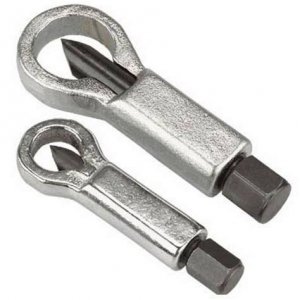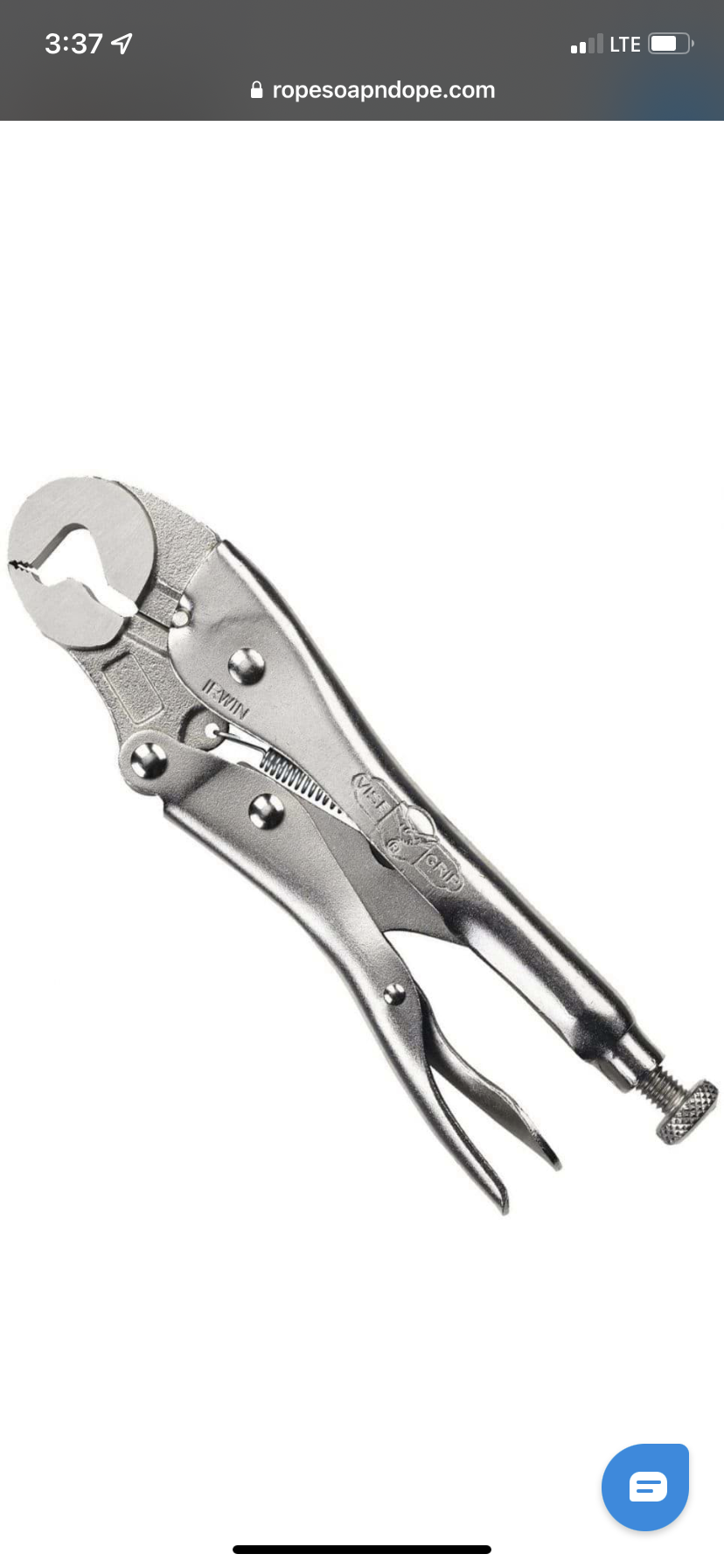The engine is a cat 3126. The PO replaced the turbo about 5 years ago; the paper air filter was pulled into the turbo. The nuts are supposed to be 40 ft lbs, however that is before any heat cycling or rust.
I lied then, it's not 8mm, it's 10...... Whoops?
That DOES use the fancy locking nuts, and they are one time use. No guarantees on how a previous owner put it back together. Especially one prone to putting in air filters cheap enough to shred when they plug..... Fancy nuts that are reused, and "standard" nuts that are used off spec, either way they can be quite stuck. If the previous owner used new nuts, they usually "crack" with a good snap (and lots of effort) but they just about (not quite) spin off with your fingers after that.
Anyhow, my memory of those, aside from anger and frustration, is that three of those bolts could be done with a box wrench, and one of them, from the bottom, I used to get with a socket wrench, extension, and a deep socket, with the actual ratchet handle being awkwardly positioned inside the frame rail. Take a look at your configuration and see if you can make a socket and extension fit in there. I'm thinking (it's been ten years since the last one went away, and way longer since I had a turbo off...) I'm thinking there's no direct line of sight, you've got to put your head where you can see the nut, and feed the socket/extension in from over by the frame, and kind of "feel" for straight by how the socket fits the nut. Again, it's been years, so grain of salt, I kind of remember using a swivel socket on that job, but I can't remember if it was the Cats or the Cumminzes.

shop.snapon.com
While you're waiting for the new nuts to come in

, take a peek and see if that method might fit your configuration. They're not all the same, but the ones we had were pretty much standard unless they were specialized for something specific.




